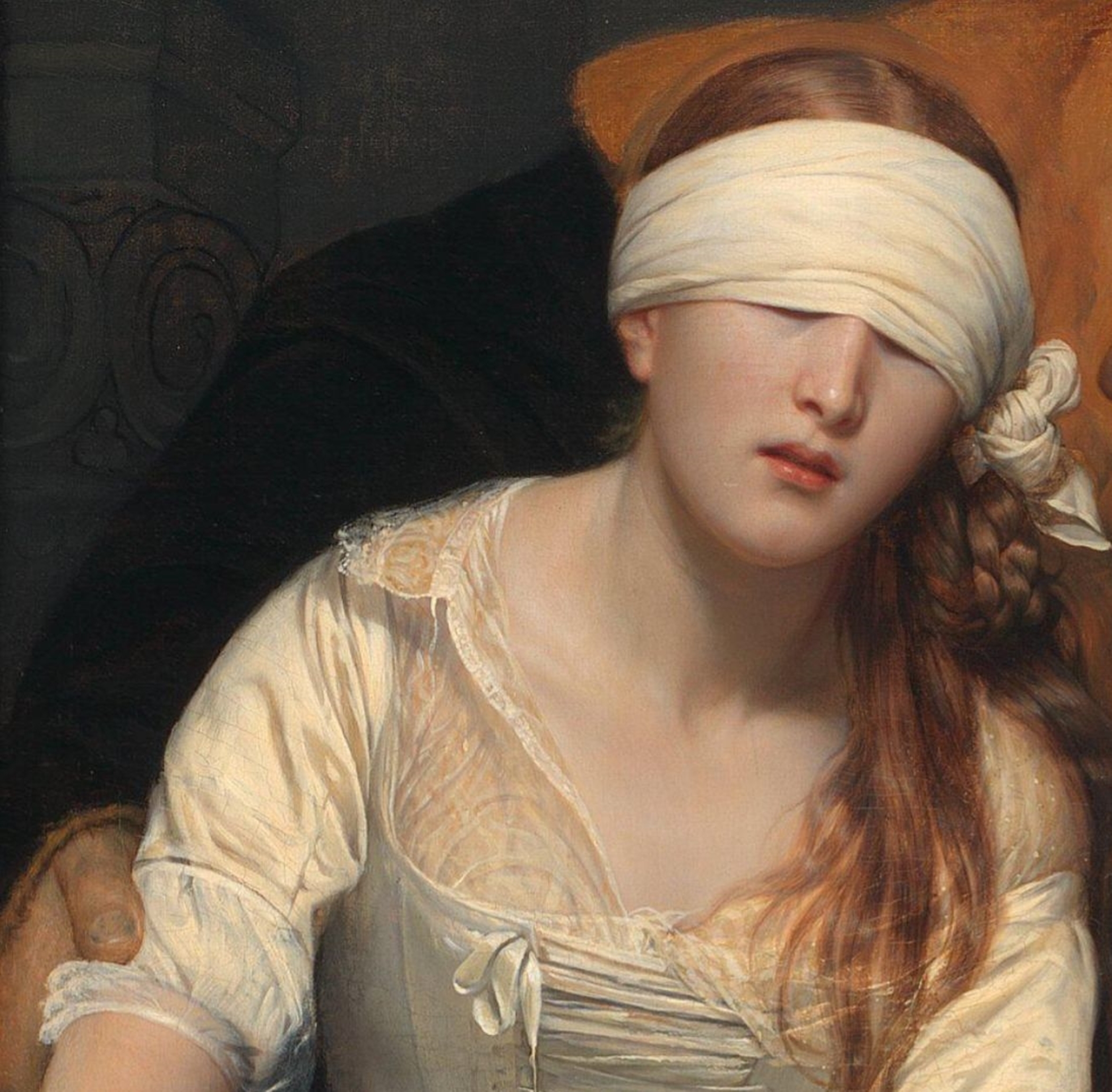Emil Nolde (1867-1956) riscoperto e rivalutato dopo la seconda guerra mondiale, viene oggi considerato uno dei maggiori rappresentanti dell’Espressionismo.
Nel 1926 Nolde conseguì una laurea honoris causa all’università di Kiel.
Pochi anni dopo cominciò ad essere perseguitato dai nazisti perché Hitler considerava il modernismo un'arte degenerata: dal 1937 i suoi lavori furono vietati e non gli fu permesso di acquistare i materiali per dipingere.
Tuttavia, con l'aiuto segreto degli amici, in quegli anni produsse segretamente una serie di dipinti nei quali il suo stile si fece più pacato e disteso.
Emil Nolde (nato Hans Emil Hansen) è stato un pittore ed incisore Tedesco-Danese. È stato uno dei primi espressionisti, membro di Die Brücke, ed è stato uno dei primi pittori di pittura ad olio ed acquarello dell'inizio del XX secolo ad esplorare il colore.








